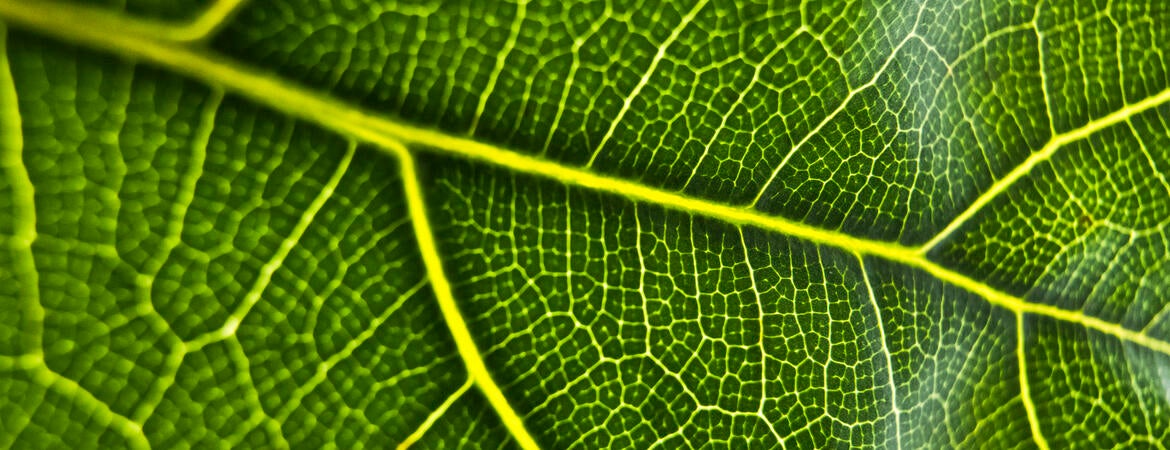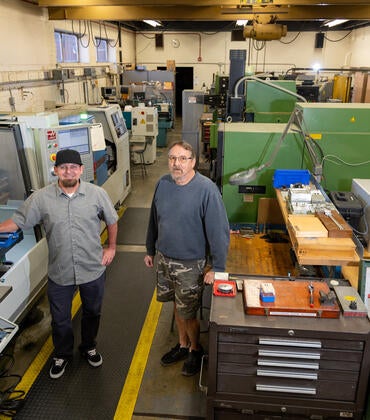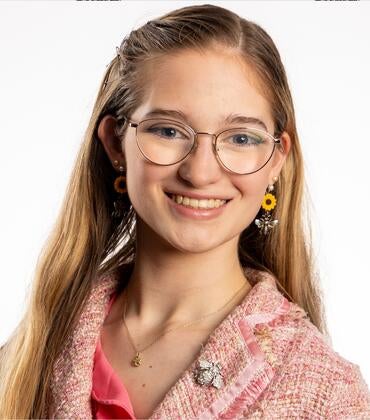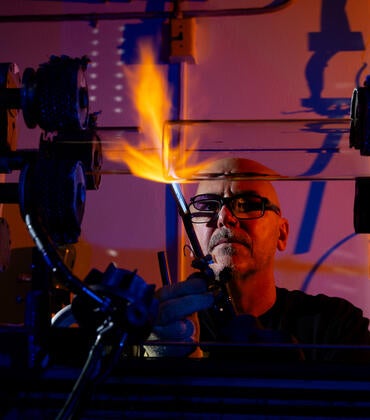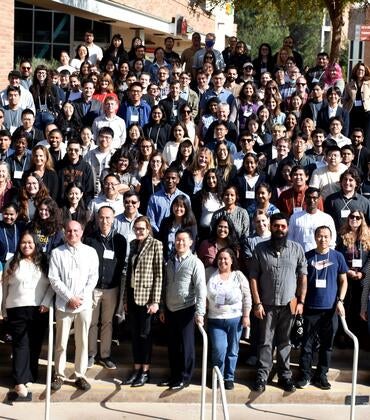How do living systems establish themselves and work so well? This is a question UC Riverside physicists Nathaniel M. Gabor and Jed Kistner-Morris, as well as scholarly writing expert Benjamin W. Stewart explore in an article they published in this month’s issue of Physics Today, a magazine of the American Institute of Physics.
The trio zero in on photosynthesis, the process by which green plants and some other organisms use sunlight to synthesize foods from carbon dioxide and water and where the configuration of a plant’s photosynthetic antenna arrays makes light energy chemically available to the plant. The authors postulate that “there must be a relationship between the visible spectrum and the biological apparatus that harvests the Sun’s energy.”
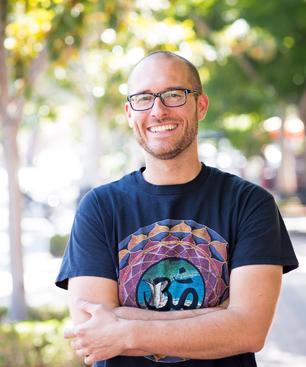
To explore this relationship, the authors use a minimalist model, which describes a simple, light-energy-harvesting antenna complex. In this model, two inputs are directly coupled to one output. Energy enters via the input channels, corresponding to light absorption through different pigments. The output is noisy, fluctuating between underpowered, optimal, and overpowered states.
Gabor and his colleagues examine how the two inputs should be arranged so that the output is mostly at the optimal state. Details can be found here.
“This piece is a special type of invited article designed to educate undergraduate-level physics students on more complex topics,” said Gabor, a professor of physics and astronomy. “A key aspect of this article was that we needed to successfully communicate to undergraduate level readers. The process brought together creative and technical writing that is rarely seen in technical articles.”
Gabor’s research focuses on quantum optoelectronic measurements of nanoscale materials. He is a leader in the design and understanding of advanced energy harvesting and storage technologies. The recipient of numerous national and international awards, he is a Scialog Advanced Energy Storage Fellow of the Research Corporation for Science Advancement, a CIFAR Azrieli Global Scholar within the Canadian Institute for Advanced Research, and a National Academy of Sciences Kavli Frontiers Fellow.
Coauthor Stewart, who received his doctoral degree in performance studies from New York University, has taught writing for more than 20 years. Before joining UCR, he was the director of faculty development at New York University’s Expository Writing Program.
Graduate student Kistner-Morris in Gabor’s lab has publications in the top journals in the world and will soon defend his doctoral dissertation in the Department of Physics and Astronomy. He will earn his degree in experimental physics.
Header image credit: PixelCatchers
